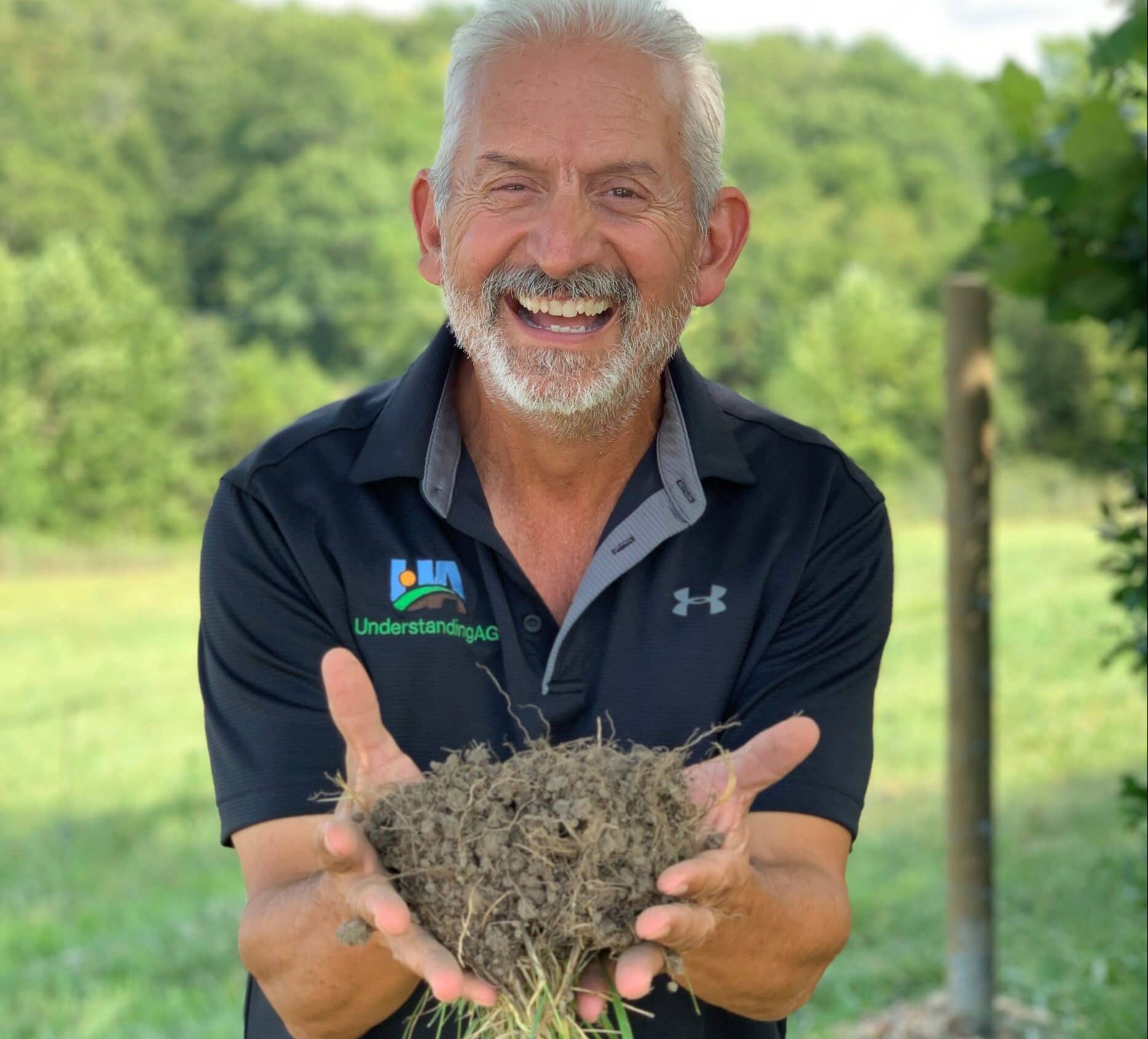By: David R. Montgomery, Earth and Space Sciences, University of Washington Seattle
By: Chuck Benbrook, Executive Director, HHRA
An international team of scientists published a January 6, 2023 Policy Forum piece in Science entitled “Soil biodiversity needs policy without borders“. It makes a strong case for new laws and mechanisms to restore above and below ground biodiversity in order to enhance soil health, but falls short in laying out the pragmatic changes in farming and ranching systems that will be required to do so and measure progress.
Rebuilding soil health will require diversifying cropping patterns, re-integrating crop and livestock farming, transitioning ruminants and pigs from heavy reliance on grain and oilseed concentrates to more forage-based rations, reducing tillage, altering plant nutrient cycles in ways that lessen the need for concentrated fertilizers, and lessening reliance on pesticides, especially those that degrade soil health.
These sort of systemic changes in farming systems have been recommended for decades while other factors, new technology, and policy have pushed farmers in different directions. Until recently soil health was not on conventional ag’s radar, which is why serious discussions and efforts centered on how to define soil health and measure where a given field stands along the soil-health continuum have only recently begun.
For many reasons measuring progress in enhancing soil health is becoming more important. It would make sense, for example, to stop or minimize practices that reliably undermine it, yet good luck finding agreement on the systems, practices and technology that belong on the list. Also, knowing how to establish soil health baselines and measure progress seems like essential pieces of the puzzle in light of the billions of dollars now flowing and pledged by public and private entities with the goal of sequestering more carbon in the soil and promoting “climate-smart farming.”
Soil health is highly variable across landscapes, including in individual fields. Common soil health metrics change from spring through winter. How soil samples are taken can impact lab test results. Last year’s crop and current year weather affect soil health metrics.
Taking into account all the dynamic factors impacting soil health is a big challenge. The sample collection and analytical work needed to accurately measure soil health will be costly and controversial, especially if payments are linked solely or primarily to measured “improvements” in soil health.
Fortunately there are simple year-to-year metrics that can be used to link and calibrate payments to efforts to enhance soil health. These include the percent of the growing season in a region during which green and growing plants cover fields, the percent of nitrogen derived from sources other than fertilizers brought onto a farm, how fast rainfall infiltrates soil, and the presence of soil-borne pests at economically damaging levels, especially pests resistant to common control measures.
Instead of tying public and private payment rates directly to problematic measures of soil carbon and/or soil health, payments should target farming system changes known to build soil health. These include the combination or minimizing chemical and physical disturbance and adopting cover crops and diverse crop rotations.
Periodic and in-depth surveys of longer-run changes in soil health and carbon sequestration on representative farms can validate program effectiveness and identify needed refinements. Supporting proven soil health practices in conjunction with systematic appraisal of long-term trends are the best way to promote above and below-ground biodiversity and incrementally restore soil health. And progress is restoring soil health is a necessary step in producing healthier plants and foods, and animals and people.


